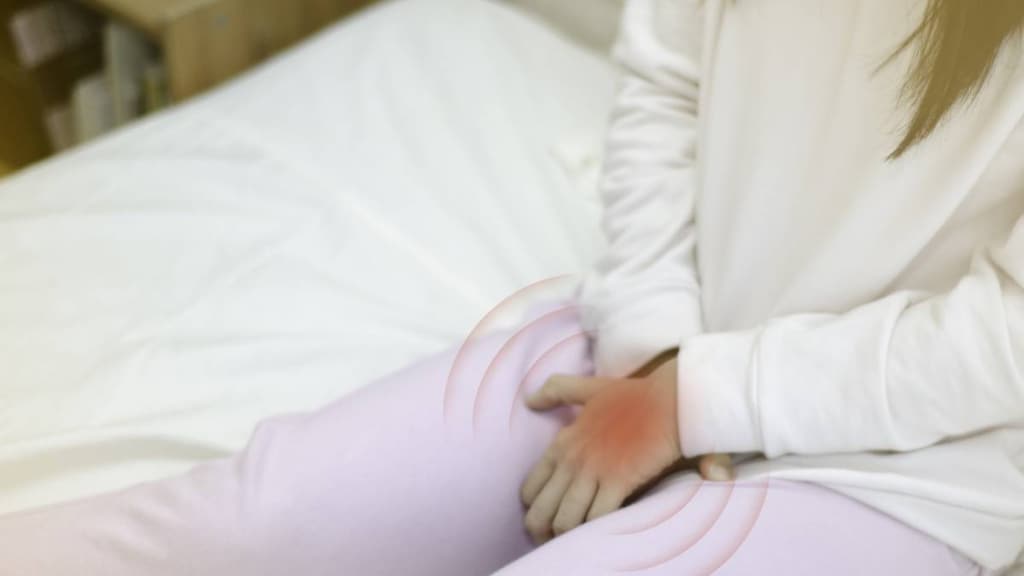Dosage Forms
Excipient information presented when available (limited, particularly for generics); consult specific product labeling. [DSC] = Discontinued product
Cream, External:
Generic: 100,000 units/g (15 g, 30 g)
Kit, External:
Nyata: 100,000 units/g [DSC]
Pediaderm AF Complete: 100,000 units/g [DSC] [contains methylparaben, propylene glycol, propylparaben]
Ointment, External:
Generic: 100,000 units/g (15 g, 30 g)
Powder, External:
Nyamyc: 100,000 units/g (15 g, 30 g, 60 g)
Nyata: 100,000 units/g (45 g [DSC])
Nystop: 100,000 units/g (15 g, 30 g, 60 g)
Generic: 100,000 units/g (15 g, 30 g, 60 g)
Pharmacology
Mechanism of Action
Binds to sterols in fungal cell membrane, changing the cell wall permeability allowing for leakage of cellular contents
Pharmacokinetics/Pharmacodynamics
Absorption
None through mucous membranes or intact skin
Onset of Action
Symptomatic relief from candidiasis: 24 to 72 hours
Use: Labeled Indications
Fungal infections (cutaneous and mucocutaneous): Treatment of cutaneous and mucocutaneous fungal infections caused by Candida albicans and other susceptible Candida species.
Contraindications
Hypersensitivity to nystatin or any component of the formulation
Dosage and Administration
Dosing: Adult
Fungal infections (cutaneous and mucocutaneous): Topical: Note: Cream is usually preferred to ointment for intertriginous areas; very moist lesions are best treated with topical powder
Cream, ointment: Apply to the affected areas twice daily or as indicated until healing is complete
Powder: Apply to the affected areas 2 to 3 times daily until healing is complete
Dosing: Geriatric
Refer to adult dosing.
Dosing: Pediatric
Diaper dermatitis, candidal: Limited data available: Infants: Ointment, cream: Topical: Apply 2 to 4 times daily to affected area; most studies have used 4 times daily dosing (Hoppe, 1997; Munz 1982)
Mucocutaneous candidal infections: Infants, Children, and Adolescents:
Manufacturer's labeling:
Cream/ointment: Topical: Apply to affected area twice daily
Powder: Topical: Apply to affected area 2 to 3 times daily
Alternate dosing: Limited data available: Cream, ointment, powder: Topical: Apply to affected area 2 to 4 times daily (Bradley 2015)
Administration
For topical external use only; not for systemic, oral, intravaginal, or ophthalmic use. Apply liberally to clean/dry skin. For fungal infection of the feet, the powder should be dusted in all footwear (in addition to application to the feet).
Storage
Cream, ointment: Store at room temperature.
Topical powder: Store between 15°C to 30°C (59°F to 86°F). Avoid excessive heat (40°C [104°F]).
Drug Interactions
Progesterone: Antifungal Agents (Vaginal) may diminish the therapeutic effect of Progesterone. Avoid combination
Adverse Reactions
Frequency not defined: Dermatologic: Contact dermatitis, Stevens-Johnson syndrome
<1%, postmarketing, and/or case reports: Hypersensitivity reaction
Warnings/Precautions
Concerns related to adverse effects:
- Hypersensitivity: May occur; immediately discontinue if signs of a hypersensitivity reaction occur.
- Irritation: Discontinue if irritation occurs.
Other warnings/precautions:
- Appropriate use: For topical external use only; not for systemic, oral, intravaginal, or ophthalmic use.
Pregnancy
Pregnancy Risk Factor
C
Pregnancy Considerations
Animal reproduction studies have not been conducted. Absorption following oral use is poor and nystatin is not absorbed following application to mucous membranes or intact skin.
Patient Education
What is this drug used for?
- It is used to treat fungal infections of the skin.
Other side effects of this drug: Talk with your doctor right away if you have any of these signs of:
- Severe skin irritation
- Signs of a significant reaction like wheezing; chest tightness; fever; itching; bad cough; blue skin color; seizures; or swelling of face, lips, tongue, or throat.
Note: This is not a comprehensive list of all side effects. Talk to your doctor if you have questions.
Consumer Information Use and Disclaimer: This information should not be used to decide whether or not to take this medicine or any other medicine. Only the healthcare provider has the knowledge and training to decide which medicines are right for a specific patient. This information does not endorse any medicine as safe, effective, or approved for treating any patient or health condition. This is only a brief summary of general information about this medicine. It does NOT include all information about the possible uses, directions, warnings, precautions, interactions, adverse effects, or risks that may apply to this medicine. This information is not specific medical advice and does not replace information you receive from the healthcare provider. You must talk with the healthcare provider for complete information about the risks and benefits of using this medicine.

